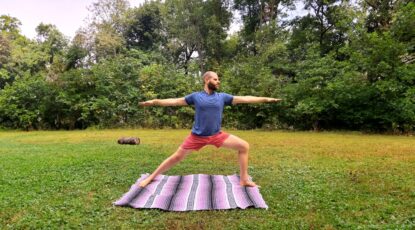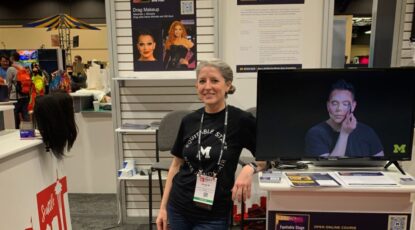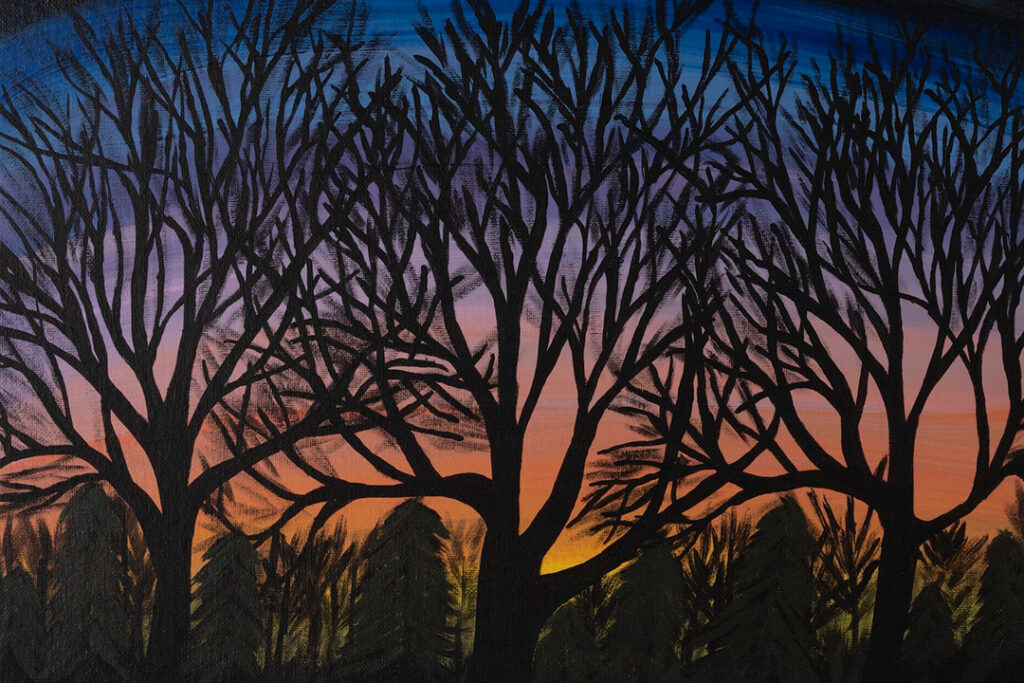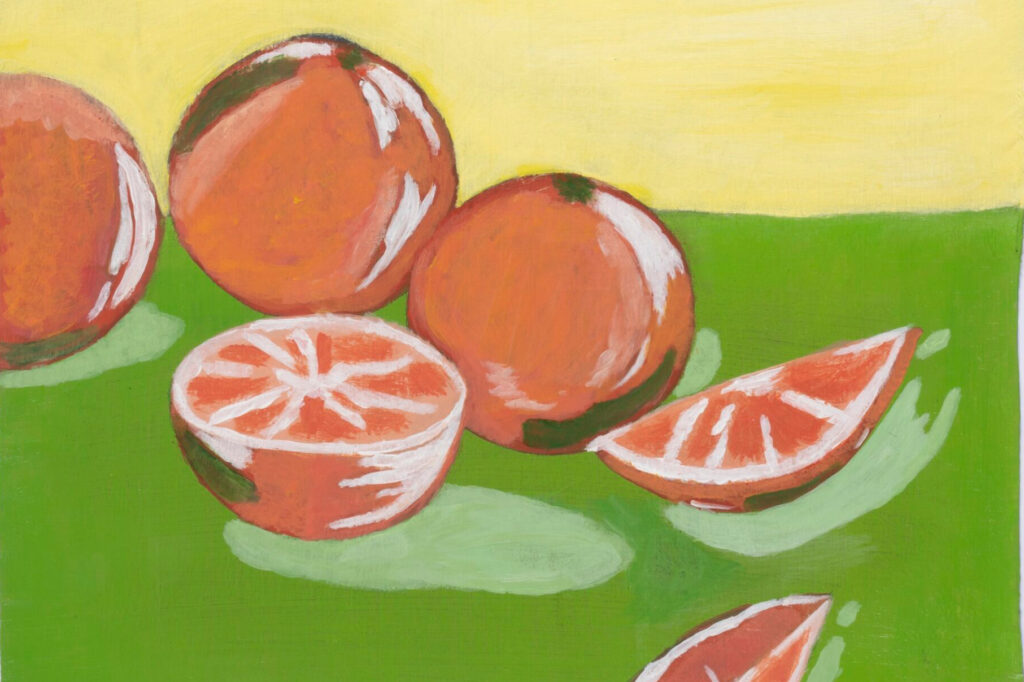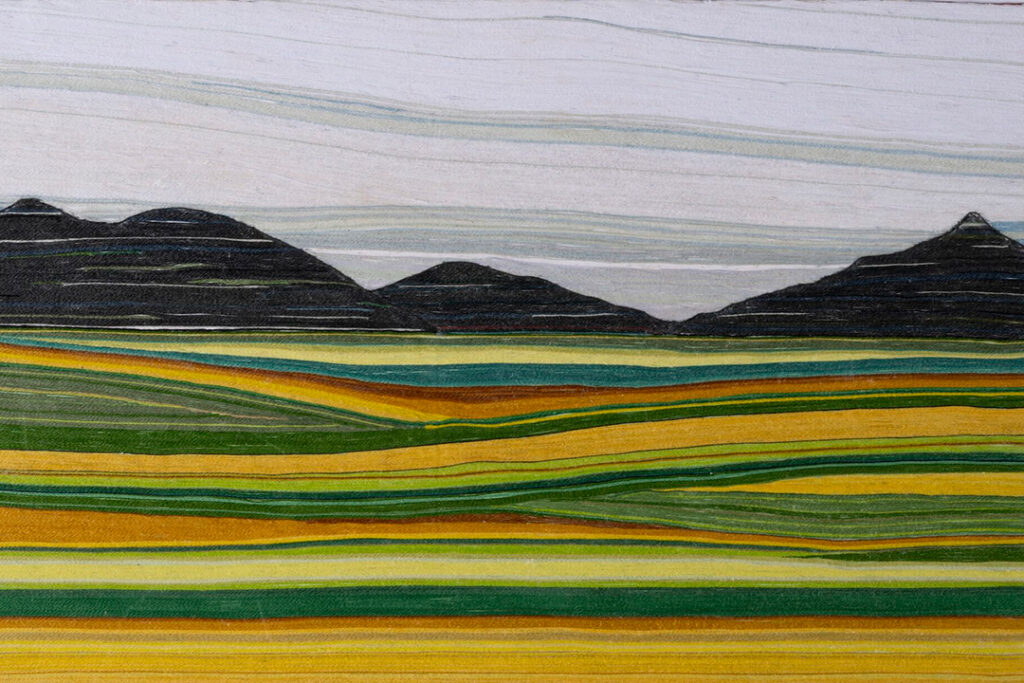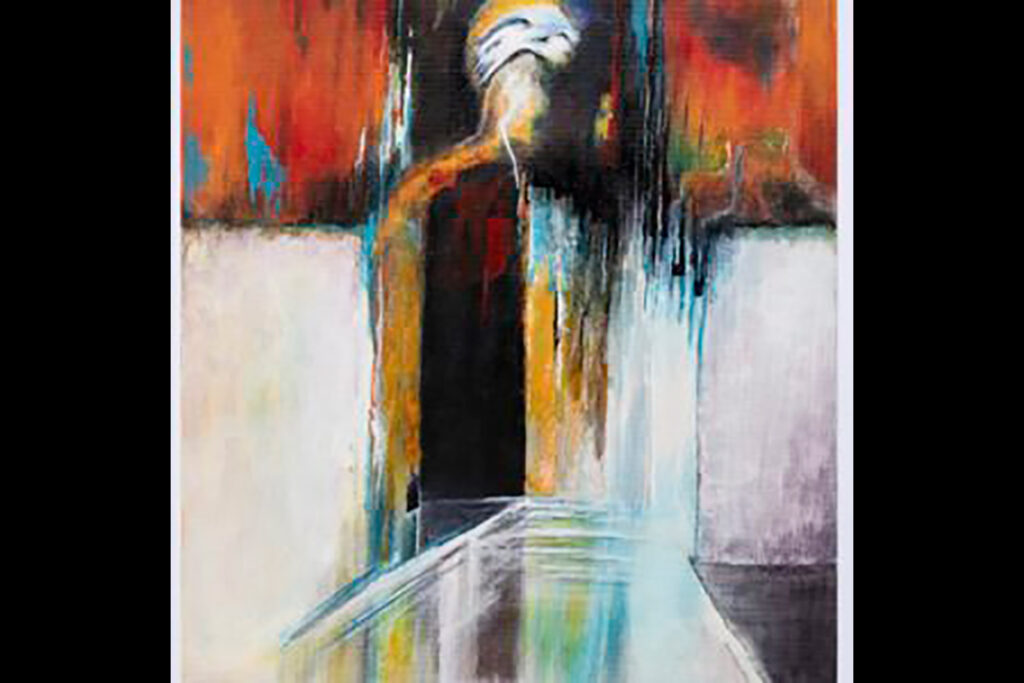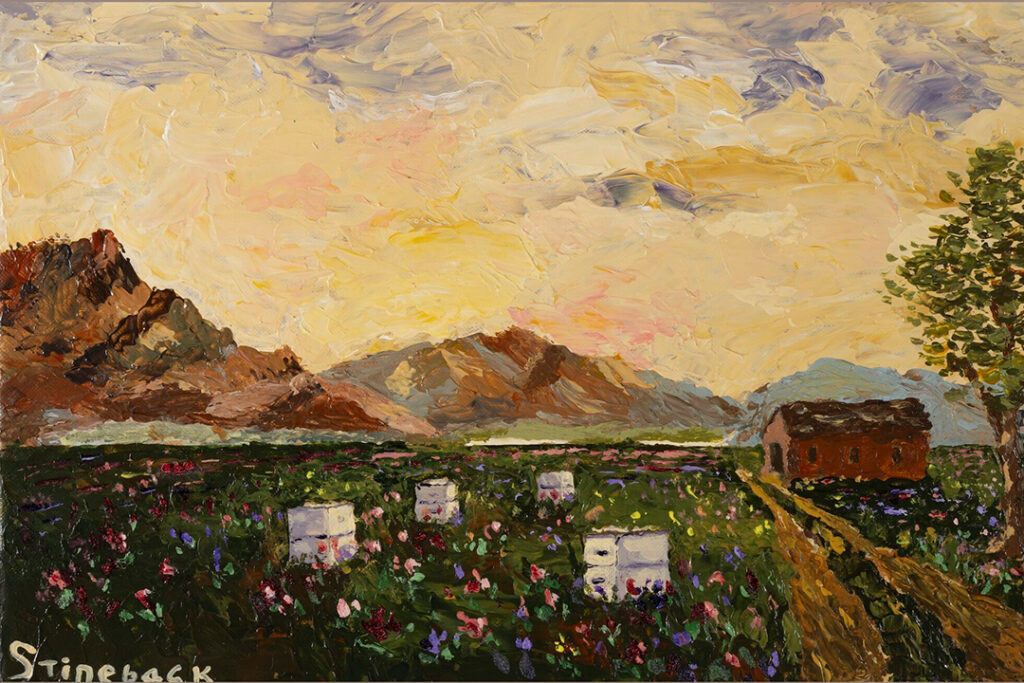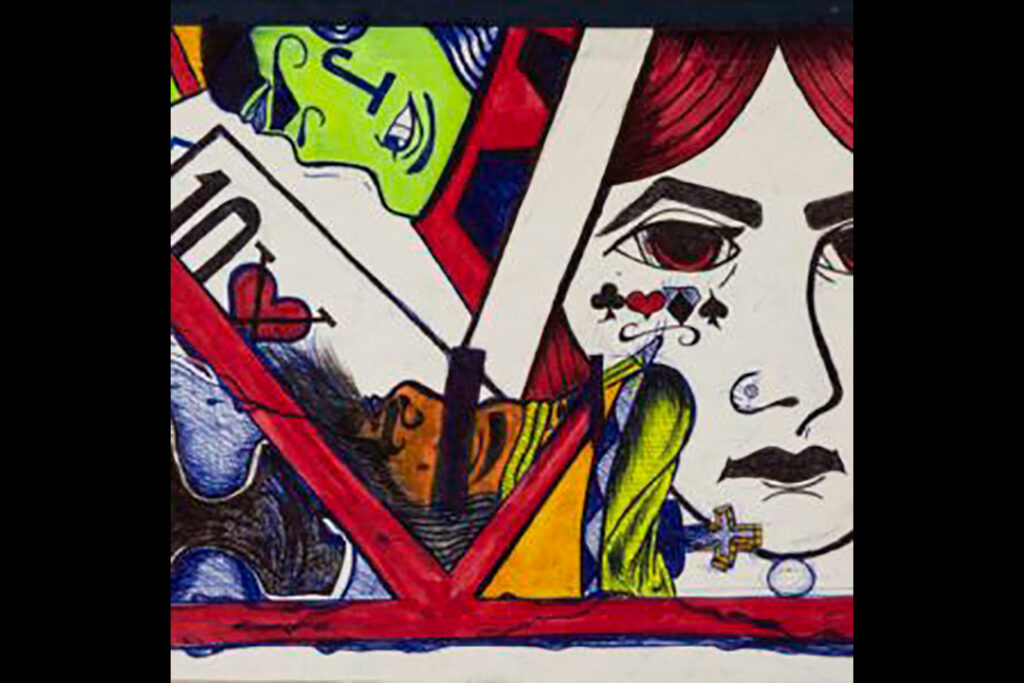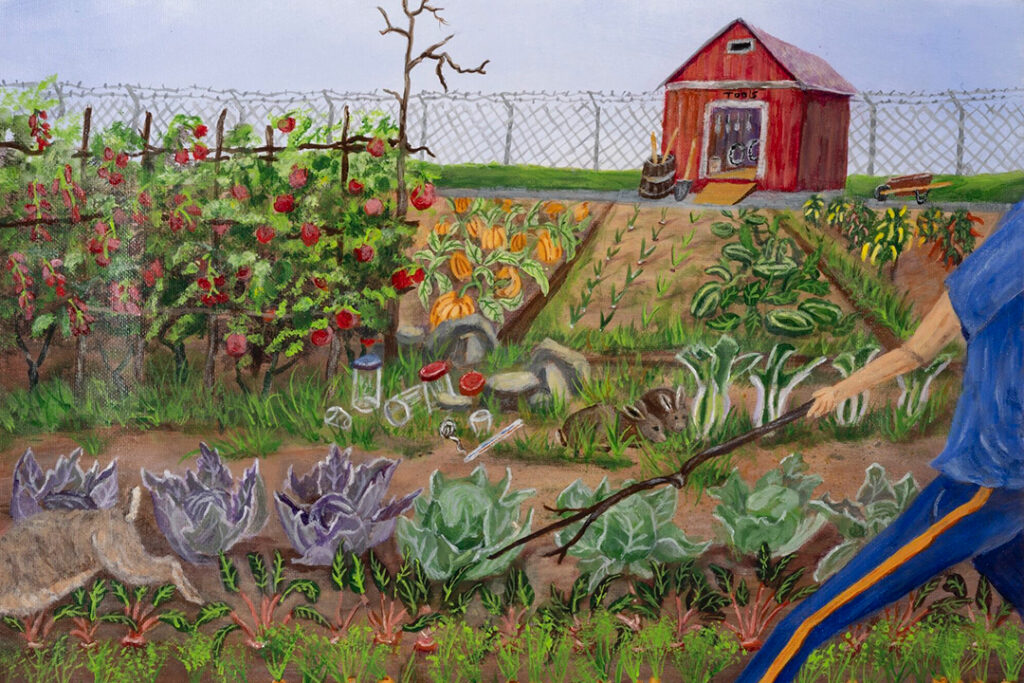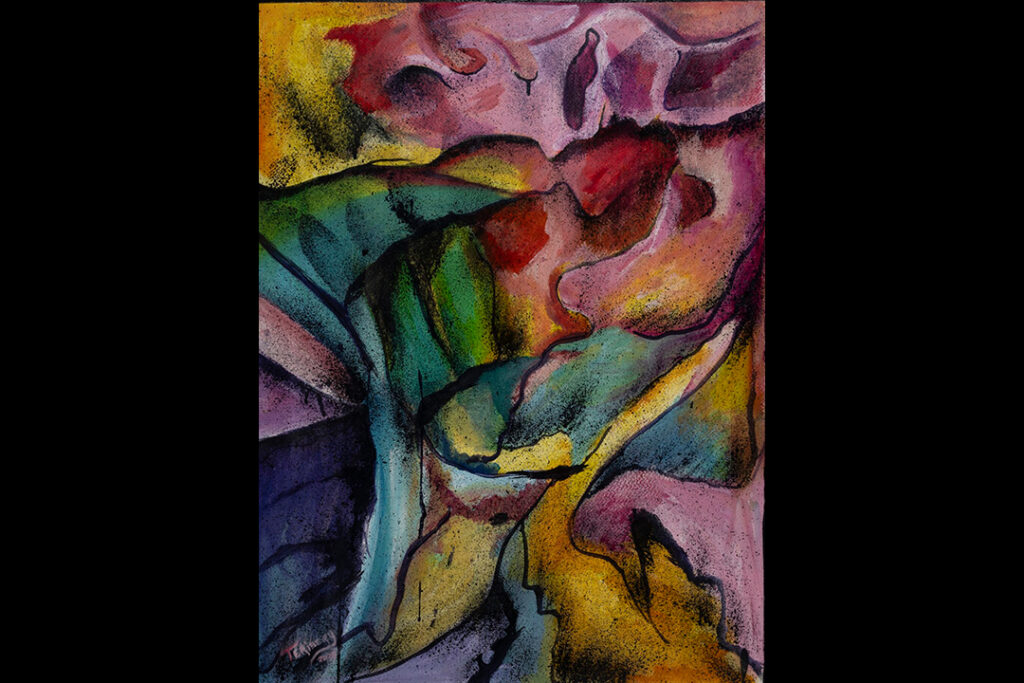The order that launched the Revolutionary War, 250 years later

The ‘shot heard ’round the world’ can be traced to one manuscript containing the orders for the Concord Expedition on April 18, 1775. The quill-to-paper draft orders, penned by British Army officer Thomas Gage, sparked the Battle at Lexington and Concord the following day. U-M’s Clements Library holds the document.
-
Poll position: Opinion surveys still matter
If you’re feeling a bit confused by the constant media coverage about presidential election polls, you’re not alone. Whether it’s the polls’ margin of error or their fairness and accuracy, the information can become important for some voters in their election choices. And do the polls matter since the presidential winner will be determined by the Electoral College?
-
Is it fixable: How the health care system is addressing burnout among physicians
Burnout, which was once considered a personal problem, is now coming to be seen as a common occupational hazard for physicians. That shift has had a major effect on workplace well-being initiatives and medical education. But can a focus on systems leave some individuals feeling helpless?
-
Reframing the role of medications in chronic pain management
A Michigan Medicine expert says solely relying on drugs to address chronic pain “disempowers patients, clinicians, and the drugs themselves.” Rather than feeling hamstrung by mediocre medications, he says, clinicians can engage in patient healing through helping work toward realistic, mutually agreed upon, treatment goals.
-
Hurricanes, fires, floods: How to be prepared
As people prepare for wild winds and heavy rains during hurricane season, you may be wondering what to do if disaster strikes? If scary images of bent-over trees and rampaging storm surges scare you, remember that preparing ahead is best to keep your family safe all year long.
-
Free, open course in equitable stage makeup and hair
Too often, performers are working with makeup artists and crew who are not trained on their skin tone and hair texture. So, when they should be fully embodying a character, they are instead confronted with limitations that can feel frustrating and demoralizing. Now, a professor from the School of Music, Theatre & Dance has teamed with a performer from RuPaul’s ‘Drag Race’ to change all that.
-
First data from XRISM space mission provides new perspective on supermassive black holes
Some of the first data from an international space mission is confirming decades worth of speculation about the galactic neighborhoods of supermassive black holes. More exciting than the data, though, is the fact that the long-awaited satellite behind it—the X-Ray Imaging and Spectroscopy Mission or XRISM—is just getting started providing such unparalleled insights.
Columns
-
President's Message
Reaffirming our focus on student access and opportunity
U-M seeks to ensure every student will rise, achieve, and fulfill their dreams. -
Editor's Blog
Peace out
It's a mad, mad, mad, mad world out there. -
Climate Blue
Keeping our focus on climate
As federal support for climate science wanes, Ricky Rood remains hopeful. -
Health Yourself
Are you an ‘ager’ or a ‘youther’?
Why do some people appear younger or older than people born in the same year?
Listen & Subscribe
-

MGo Blue podcasts
Explore the Michigan Athletics series "In the Trenches," "On the Block," and "Conqu'ring Heroes." -

Michigan Ross Podcasts
Check out the series "Business and Society," "Business Beyond Usual," "Working for the Weekend," and "Down to Business." -
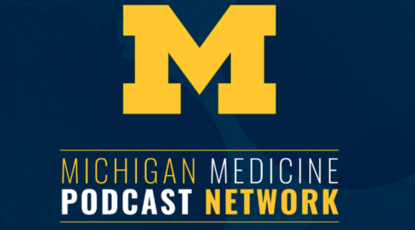
Michigan Medicine Podcasts
Hear audio series, news, and stories about the future of health care.
In the news
- USA Today US consumer sentiment and expectations fall again in April as tariff uncertainty continues
- CNN Beyond Ivy League, RFK Jr.'s NIH slashed science funding across states that backed Trump
- Detroit Free Press Inflation is slowing. Wages are up. So why does life feel costly for many Michiganders?
Creativity and connection across prison walls
One of the world’s largest and longest-running exhibitions of incarcerated artists is back with new programming designed to foster connection and deepen public understanding of incarceration in Michigan. The 29th annual Exhibition of Artists in Michigan Prisons, curated by U-M’s Prison Creative Arts Project, showcases 772 artworks by 538 artists incarcerated in 26 state prisons. The Duderstadt Center Gallery on U-M’s North Campus is presenting the artwork through April 1.



